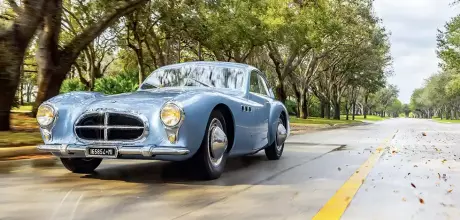1950 Alfa Romeo 6C 2500 SS Riva ‘Serenissima’ Berlinetta
When is an Alfa Romeo not an Alfa Romeo? When it’s the unique and visionary 6C 2500 SS Riva ‘Serenissima’ Berlinetta.
Words Massimo Delbò
Photography Evan Klein
ALFA ROMEO 6C 2500 BY RIVA When is an Alfa not an Alfa?
My grandfather Cesare once said to the younger me that the secret to achieving something was to have either a business plan or a dream. ‘The first are more successful, but the latter are more fun,’ he’d add.
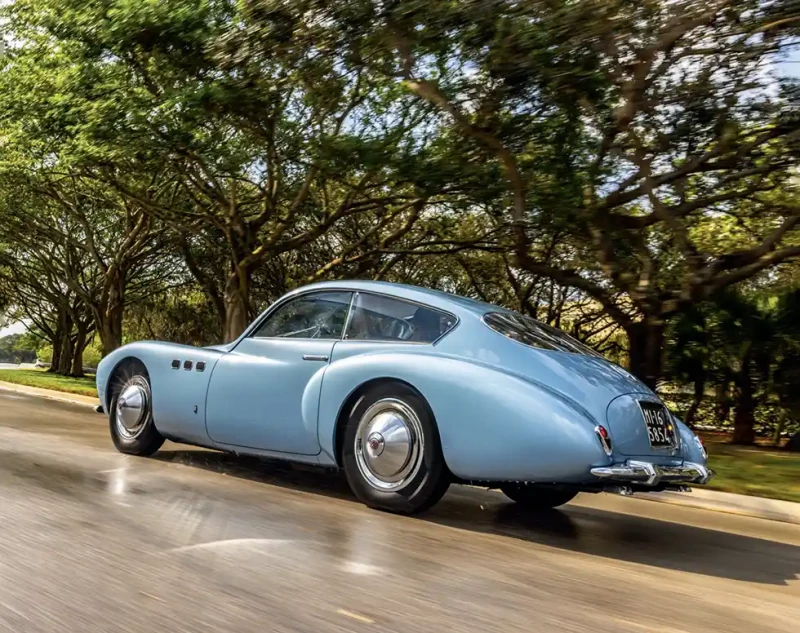
‘WITH ITS LIGHTER, MORE AERODYNAMIC BODY, THE CAR PROVED EASY TO HANDLE ON THE ROAD’
‘And if you make your dream come true, you’ll have something extraordinary and unique, because no two dreams are identical.’ When I asked what if you had a dream and a business plan, he’d smile, as that was the question he’d been hoping for. ‘Then you are a visionary,’ he’d say. ‘There aren’t many of those.’ History has left us with many dreamers and planners.
But what about visionaries? I’m sure it is not by chance that we find more of them among the technicians that worked for companies than among their founders. But there is no doubt that most visionary of all in the early years of the automobile were the customers, the most eclectic, gifted, educated and talented human beings.
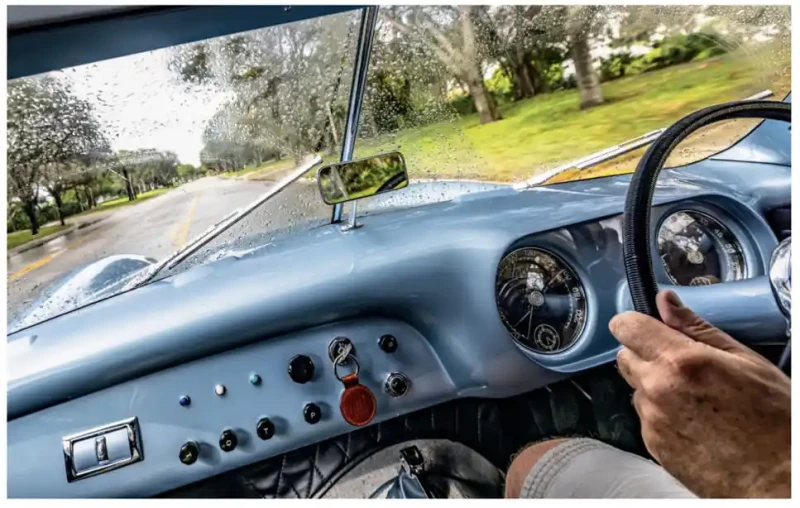
And it is such a perfect recipe of passion, technical capacity and vision that gave us the unique 1950 Alfa Romeo 6C 2500 SS Riva ‘Serenissima’ Berlinetta. After all, you have to be a little special to wear such a name without sounding pretentious, and this car certainly is special, born thanks to the technical capability of ingegnere Guido Cattaneo, Count Giovanni Lurani and the handcrafting skills of the Riva brothers. Each of them is worthy of a dedicated feature in his own right, but a brief introduction must suffice here.
Guido Cattaneo was born in Abano, Padua, in 1905, the son of ingegnere Giustino Cattaneo, who’d been in charge of the technical side of Isotta Fraschini since 1902. Naturally gifted, the young Guido grew up in a stimulating environment, his father leading the group of people that brought to pre-WW2 Italy many successes in the aeronautical and marine fields. Guido himself became a successful racer in cars and, even more so, in boats, winning the world title in his own creation, Asso.
The boat was manufactured by Cantieri Baglietto, owned by Count ‘Didi’ Trossi, and raced in the 800kg category, powered by a supercharged 500bhp Isotta Fraschini 12-litre six-cylinder engine. This lightweight wooden, single-seater racer was capable of 150km/h, a water-speed otherwise unheard of in the 1930s. Lessons learned here informed the fast ships used during WW2 by the Italian navy, manufactured by CABI Cattaneo, founded in 1936 by Giustino and Guido, and today still considered one of the world’s most technologically advanced companies in the mechanical field.
‘THE CAR WOULD HAVE TO BE SPECIAL TO WEAR ITS NAME WITHOUT SOUNDING PRETENTIOUS’
Among the other creations of Guido Cattaneo was the tubular chassis of the Riva ‘Serenissima’. The idea was to create a light and rigid structure, employing large-diameter tubular rails with a curved section at the front to reduce height, two transverse crossmembers, and X-shaped cross-bracing. Cattaneo followed the Alfa Romeo design of independent suspension with transverse leaf springs front and rear. The wheelbase, of 2560mm (100.8in), is 140mm (5.5in) shorter than that of the standard 6C 2500 SS. As for the engine, a brand new unit came direct from war surplus, intended for installation in one of the fast boats manufactured by his company. The 2.5-litre Alfa Romeo straight-six was mounted in a front/ mid position, paired with its original transmission. All other mechanical components came from the 6C. The chassis was manufactured by Gilberto Colombo’s GILCO company, then considered the best possible choice.
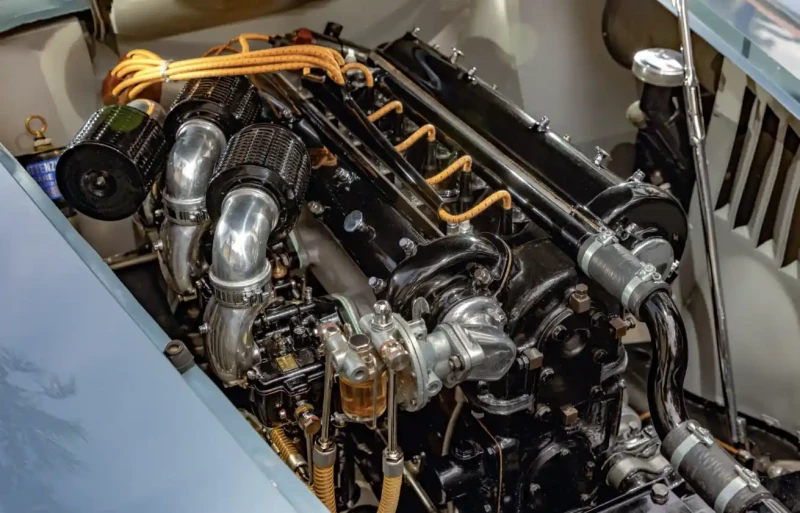
Johnny Lurani, formally Count Giovanni Lurani Cernuschi, VIII Conte di Calvenzano, was born in Cernusco Lombardore, near Milan, in 1905. He graduated in engineering from the Politecnico Milano and became a racing driver with 11 Mille Miglias (three class victories), four Targa Florios and two Le Mans races (one class victory) under his belt. In 1935 he conceived and designed the Nibbio, the speed-record car equipped with a Guzzi 500cc engine, with a body manufactured at Carrozzeria Riva. In 2017, still owned by his descendants, it won the Coppa d’Oro at Villa d’Este.
His impact in the car world went much further than that, however. Lurani was a founder of the racing team Scuderia Ambrosiana in 1937, with pilots Luigi Villoresi, Eugenio Minetti and Franco Cortese. The latter’s extensive racing career included making history in 1947 by driving the very first Ferrari in a race and only two weeks later, on 25 May, scoring its first victory. Lurani was also the founder, publisher and editor of the car magazine Auto Italiana, vice president of the Automobile Club Milano, owner of the Autodromo di Monza from the 1950s to the 1980s, and the man who instigated the GT racing classes in 1949 and Formula Junior in 1959.
Lurani wrote in April 1980, to the then-owner of the 6C, that he had been asked by Cattaneo who he would suggest as coachbuilder and provided the name of Carrozzeria Riva, close to his home. He also offered his own competence to the project. And when a man like this offers his help, you call yourself lucky and accept.
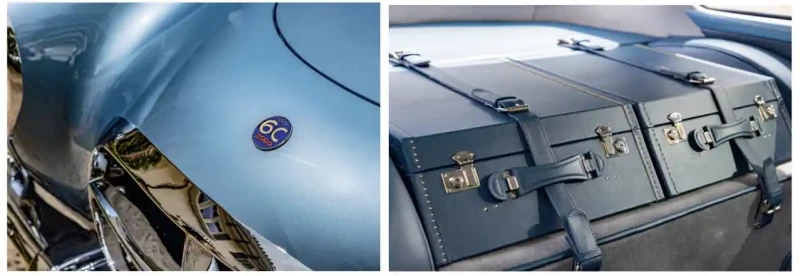
Carrozzeria Riva, in the village of Merate near Milan, was founded around 1830-1840, when Giovanni Riva opened a blacksmith’s shop, manufacturing wheels and axles for local agricultural use. He developed woodworking skills, too, and began applying wood to the steel rims. In 1859 his business became Fabbrica di Carrozze Aniceto Riva, manufacturing carriages with his son, Aniceto. ‘It later became “Premiata Fabbrica di Carrozze”, the Italian way to say that your company got an award or is appointed by an important family,’ says the proud engineer Ruggero Riva about his ancestors.
‘This area was the summer retreat for many of the most affluent families of Milan, and they had magnificent villas. Today in your Tuscan property you would have a classic Land Rover or an old Fiat Panda; back then you had carriages, and many of them were very refined, too.’
With the arrival of motor cars, the Riva family shifted to manufacturing bodies for them. Ruggero continues: ‘We still have drawings created by Venusto Riva, son of Aniceto and considered the artist of the family, of bodies for the most important chassis of the period, made by Itala, Fiat and Lancia. The shop mostly manufactured luxury sedans or open sports cars and, later on, barchettas to race in the Mille Miglia. Almost everything was done in-house by about 30 workers: panel beating, welding, woodwork and upholstery were their daily tasks. Silent it wasn’t! I remember growing up, living above the shop, and learning to listen to these sounds while studying. The whole family worked there, including my grandfather, father and uncle after the war, all in love with their work.’
Special memories stand out: ‘I have a picture of all the workers with Count Lurani when he took delivery of the Nibbio. And I recall the making of the 6C 2500 SS “Serenissima”, a big wall in the shop with the papers stuck on, where the look of the car was drawn in 1:1 scale. Count Lurani suggested modifications while the panels were beaten and checked on steel jigs. There wasn’t a detailed draft, and many details of the alloy body were adjusted by eye. The car, made for an industrialist friend of Cattaneo, was very beautiful, low and sleek.’
It was indeed, so much so that on 27 August 1950 it won the Venice Grand-Prix of Elegance held at Lido di Venezia and received the personal congratulations of Battista ‘Pinin’ Farina. The trophy, still with the Lurani family, was a reproduction of the gem-studded helmet that the Doge of Venice was entitled to wear.

The car, with its lighter, more aerodynamic body, lighter chassis and shorter wheelbase, immediately proved neutral and easy to handle on the road. It left such a mark in the heart of Count Lurani that, in the letter mentioned above, written 30 years later, he stated: ‘Its road behaviour was excellent. The original colour of the car, the manufacture of which I personally followed, was of light blue-grey metallic, with Connolly blue leather interior. It was soon sold to the USA, at a bargain price by its first owner. I’d be happy to help you, in any way, during the restoration process.’ Quite an offer.
A further modification is remarked on by Lurani in the same letter: ‘You can see the original gear-shift. In fact, the Alfa Romeo shift was rather clumsy with a long lever protruding from the gearbox located far forwards. Thus I got from my friend Sydney Allard [of Allard Cars] the simple and clever leverage that allowed us to have the gearchange close at hand.’ The gear-lever is positioned Ferrari 250 GTO-style, just inches from the steering wheel. The system is quite basic, and its finish more appropriate for a racing car, but it is very effective, with an external bar linking the old position to the new one. Thanks to Lurani’s letter, we discover that the car left Italy for the USA quite early in its history. In 1975 it appeared in New York, in need of restoration yet almost complete and still with the same 6C engine. Shortly after, it was sold to Robert Tucker, based in Michigan and Connecticut, and he kept it until 2017. It is he who received the letter from Lurani, after they were put in touch through a common friend. He began the restoration, rebuilding the engine and starting work on the body. In 2017, still far from being finished, the car was sold to a dealer from where its current custodian, Floridian collector Stephen Bruno, bought it. ‘I’d been hunting for the car for a very long time, as, despite the efforts of Tucker, it had been unseen for 70 years. It took more than five years and several thousand hours of work to have it ready to the highest possible standards. The hardest task was to get the right accuracy as some parts were missing and, as always with a one-off, you have few references. We restored the dry-sump 6C engine we’d found in the car. We believe it could be the original unit, as it still has many details usually found on engines provided to the Italian navy for their torpedo boats, which would have been quite rare in the USA in the 1960s. We cannot be 100% sure of it, simply because the engine number was never reported in any official document.’
Gippo Salvetti, marque expert and a founder of Alfa Blue Team, adds: ‘The 6C 2500 Riva Serenissima is a fantastic example of a one-off made to impress and to showcase technical solutions. It has an amazing pedigree due to the names behind its origin. However, when it was manufactured, Cattaneo and Lurani already knew that the post-war Alfa Romeo would be making smaller cars for bigger production output, equipped with smaller engines. I believe they had no agenda in doing it, but they had fun and showed how good they were in envisioning what a GT would have been in the following years. In doing so, they gifted us something extraordinary.’ That’s not a bad legacy for an Alfa Romeo that is not strictly an Alfa Romeo yet drives even better than an iconic Alfa Romeo, as every 6C SS is. As should be the case with the product of a visionary.
TECHNICAL DATA 1950 Alfa Romeo 6C 2500 SS Riva ‘Serenissima’ Berlinetta
- Engine 2443cc DOHC straight-six, three Weber 36DO2 carburettors
- Max Power 145bhp @ 5500rpm
- Transmission Four-speed manual, rear-wheel drive
- Steering Worm and roller
- Suspension Front: trailing arms, Houdaille telescopic dampers, anti-roll bar. Rear: swing arms, transverse leaf spring, Houdaille telescopic dampers
- Brakes Drums
- Weight 1350kg (est)
- Top speed 105mph (est)
Above and right Few details suggest that this is an Alfa Romeo, beyond the admission that it’s a 6C 2500; styling is nonetheless stunning.
Clockwise, from bottom Spare wheel is stored in tail; fitted luggage sits behind front seats; stylish and elegant cabin; plenty of power from triple-carb straight-six – intended for a ship!


